Liverpool's Lourdes miracle
The inexplicable recovery of a young man more than a hundred years ago has been recognised as an official 'miracle' by the Archbishop of Liverpool
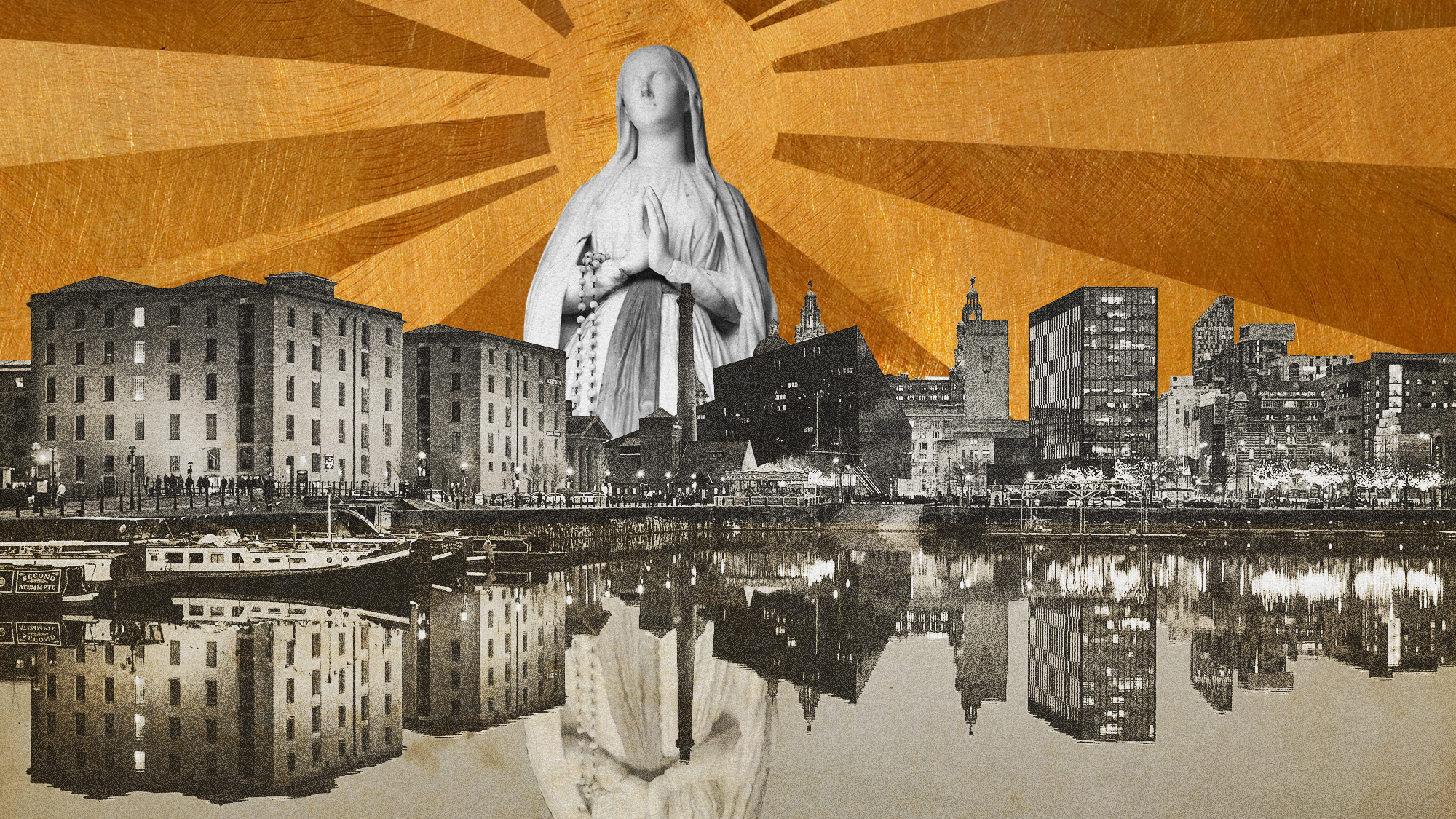
A Liverpool man whose debilitating injuries mysteriously vanished in 1923 experienced a "miracle", the Archbishop of Liverpool confirmed this week.
John "Jack" Traynor, who was injured while serving for the navy during the First World War, was reportedly cured while visiting the storied Sanctuary of Our Lady of Lourdes in France – a site of prayer well visited since the 17th century.
In Catholic tradition, "miracles" can be declared to recognise a holy event. While Traynor’s "miraculous recovery" was reportedly well documented at the time, a miscommunication meant that the Liverpool Archdiocese was not able to declare his case miraculous for more than a century. This week, Archbishop Malcolm McMahon made it official.
The Week
Escape your echo chamber. Get the facts behind the news, plus analysis from multiple perspectives.

Sign up for The Week's Free Newsletters
From our morning news briefing to a weekly Good News Newsletter, get the best of The Week delivered directly to your inbox.
From our morning news briefing to a weekly Good News Newsletter, get the best of The Week delivered directly to your inbox.
"Given the weight of medical evidence, the testimony to the faith of John Traynor and his devotion to Our Blessed Lady, it is with great joy that I declare that the cure of John Traynor, from multiple serious medical conditions, is to be recognised as a miracle wrought by the power of God through the intercession of Our Lady of Lourdes," said Archbishop Malcom McMahon.
Traynor's is one of only 71 supposed Lourdes miracles to be officially declared by the Catholic Church – and he is the first-ever English person to be added to the register.
"It hasn't really sunk in yet," Traynor's great-great grandson Alex Taylor told the BBC. "This is going to have an effect beyond Merseyside and around the world. We are delighted."
Traynor's pilgrimage to Lourdes
While serving in the navy, Traynor "was apparently hit by machinegun fire during the Gallipoli campaign in 1915," said The Times. "He reportedly lost the use of his right arm and experienced epilepsy. An operation in 1920 to treat his epilepsy led to partial paralysis in both of his legs."
A free daily email with the biggest news stories of the day – and the best features from TheWeek.com
Eight months later, Traynor was deemed unfit to travel, and "was slated to be admitted to a hospital for incurables," said The Telegraph.
"But in July 1923, Traynor, confined to his wheelchair, undertook a pilgrimage to Lourdes and bathed himself nine times in the shrine’s pools where he was ‘instantaneously and dramatically’ cured."
The site has been celebrated by Catholics for centuries as a site of pilgrimage and healing. Visitors, particularly the sick, bathe in, drink from, and pray to the spring in hopes of being healed.
For Traynor, the visit to Lourdes appeared to have worked.
"Traynor recovered his strength to the extent where he was able to run a coal haulage business, often lifting heavy sacks with ease for the rest of his life," said the BBC. "His epilepsy also apparently vanished."
Six days after his Lourdes bath, he went back to Liverpool, pushing in front of him the wheelchair he left with. There, he “walked through the streets in front of a jubilant crowd who had turned out in their hundreds”, said The Telegraph.
Decades without documents
This week, McMahon finally made the miracle official, but Traynor's case sat in limbo for decades. It was briefly revived in 1993 but discarded once more.
"Though widely considered a miracle in his native Liverpool and across the UK and Ireland, the archdiocese did not receive the official medical recognition of Traynor’s cure from Lourdes necessary to declare it so," said The Tablet.
Authorities at Lourdes follow centuries-old Vatican criteria to determine whether an incident should be considered a miracle: a serious medical condition must be solved by an "inexplicable" and lasting cure, and the miracle recipient's bishop must confirm the event, said the BBC.
Dr Kieran Moriarty, a member of the International Medical Committee of Lourdes, "unearthed new evidence from Lourdes archives", said the publication.
Moriarty, whose grandparents joined the crowd that greeted Traynor upon his return to Liverpool, found that "doctors ruled in 1926 that Mr Traynor had experienced a 'prodigous healing which was absolutely outside and above the forces of nature'".
But there was one problem: "the documents were never sent to Liverpool", said the BBC.
Because Liverpool Catholic leaders did not have access to the documentation, the miracle was never officially registered. The 1993 attempt, too, was unsuccessful, as the documents still could not be found. Last November, after Moriarty's located the evidence, he presented his findings to the archbishop.
"I hope that in February 2025, during the Jubilee Year, we will have a fitting celebration at the Metropolitan Cathedral to mark this significant moment in the history of our archdiocese, helping us all to respond to the Jubilee call to be 'Pilgrims of Hope'", McMahon said this week.
-
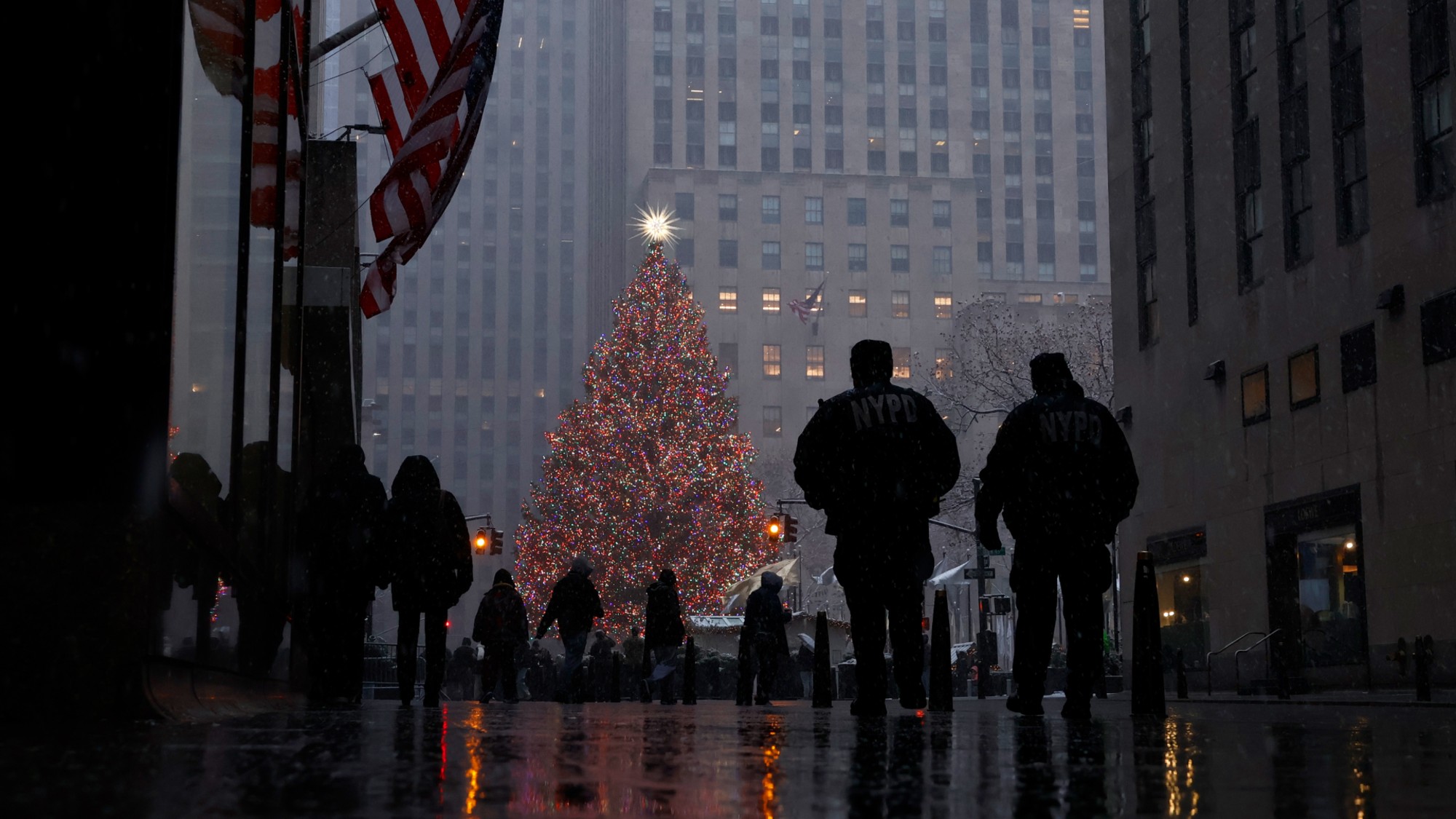 How climate change is affecting Christmas
How climate change is affecting ChristmasThe Explainer There may be a slim chance of future white Christmases
-
 The MAGA civil war takes center stage at the Turning Point USA conference
The MAGA civil war takes center stage at the Turning Point USA conferenceIN THE SPOTLIGHT ‘Americafest 2025’ was a who’s who of right-wing heavyweights eager to settle scores and lay claim to the future of MAGA
-
 The 8 best drama movies of 2025
The 8 best drama movies of 2025the week recommends Nuclear war, dictatorship and the summer of 2020 highlight the most important and memorable films of 2025
-
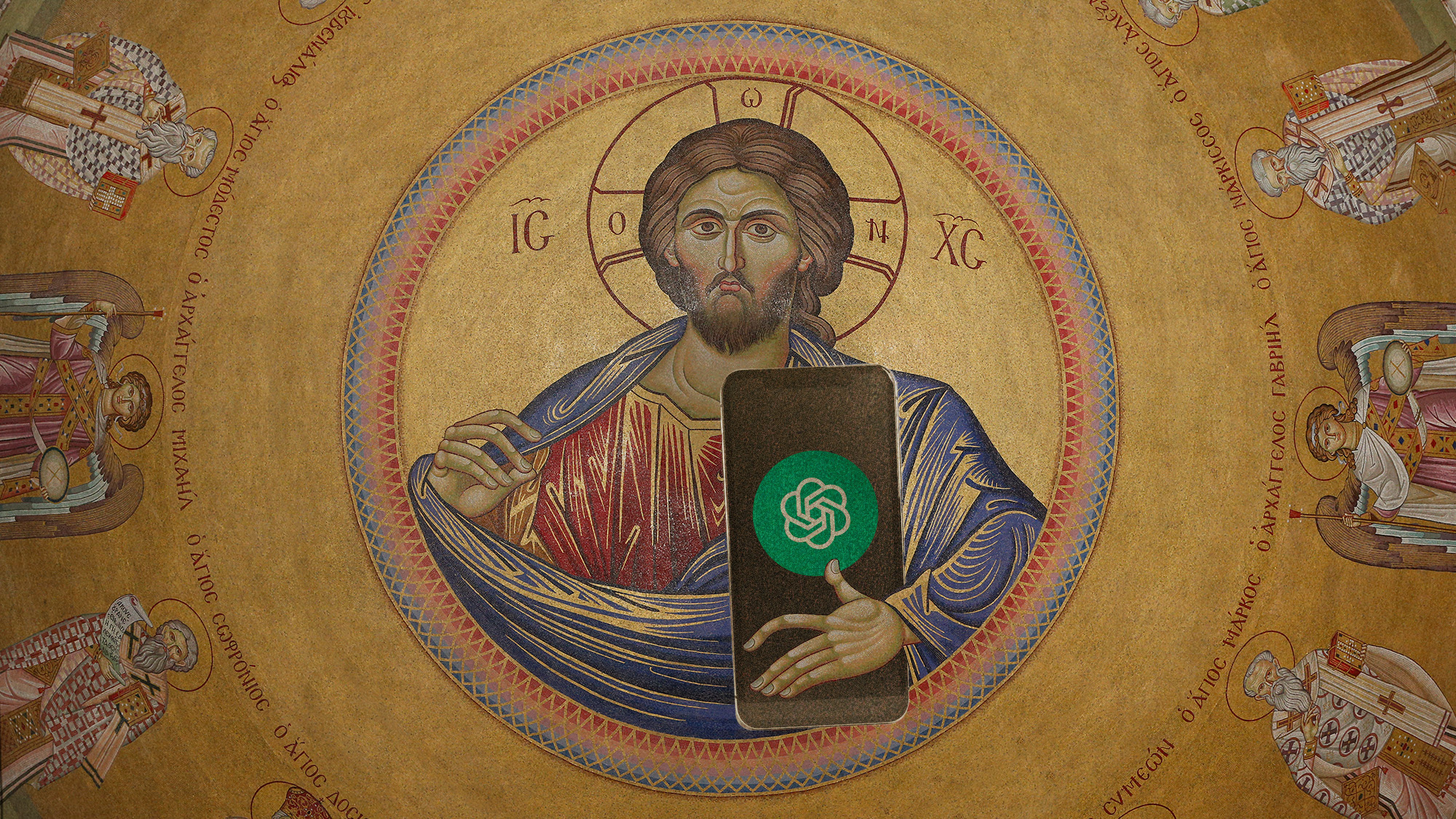 God is now just one text away because of AI
God is now just one text away because of AIUnder the radar People can talk to a higher power through AI chatbots
-
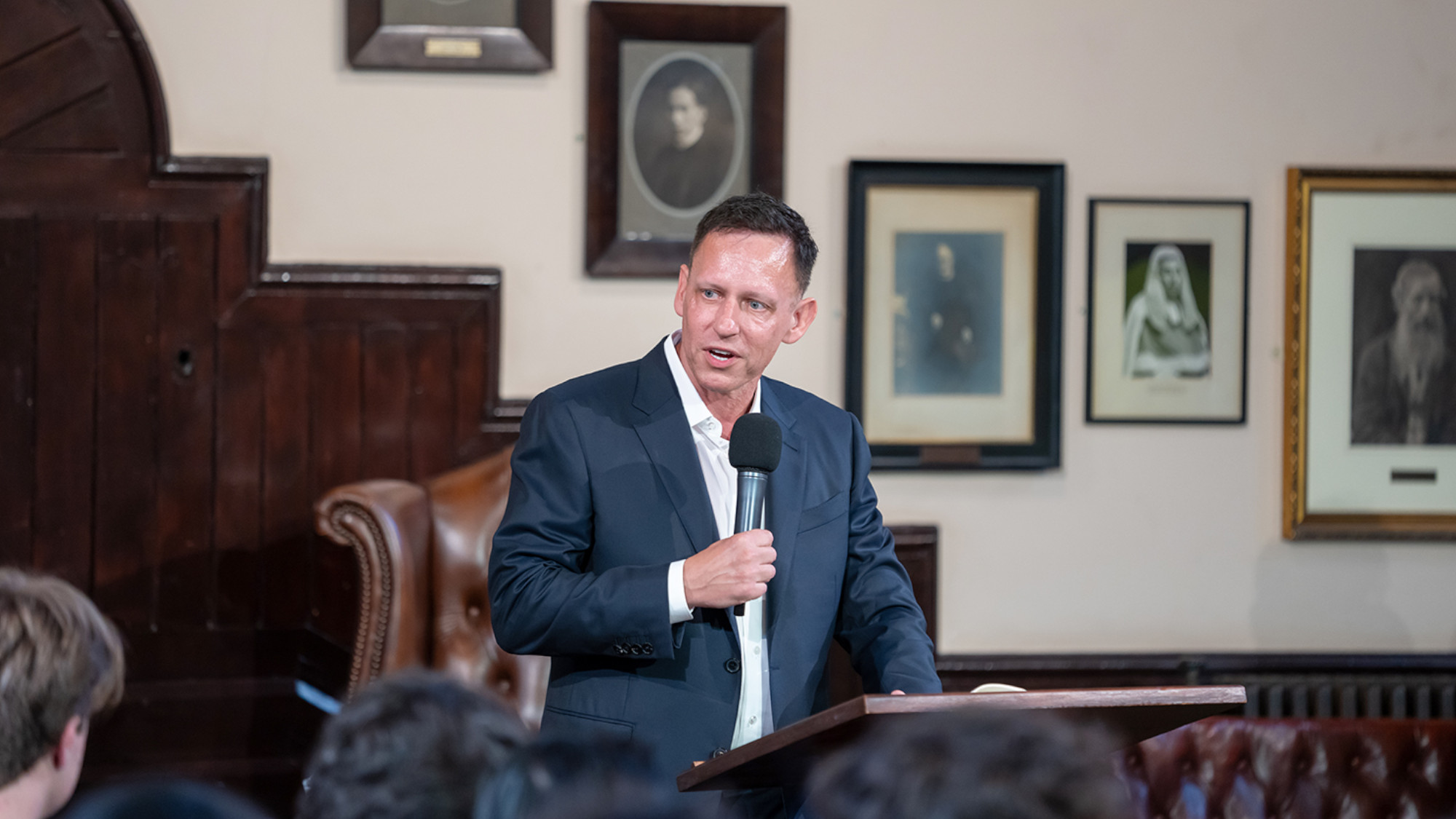 Religion: Thiel’s ‘Antichrist’ obsession
Religion: Thiel’s ‘Antichrist’ obsessionFeature Peter Thiel’s new lectures cast critics of tech and AI as “legionnaires of the Antichrist”
-
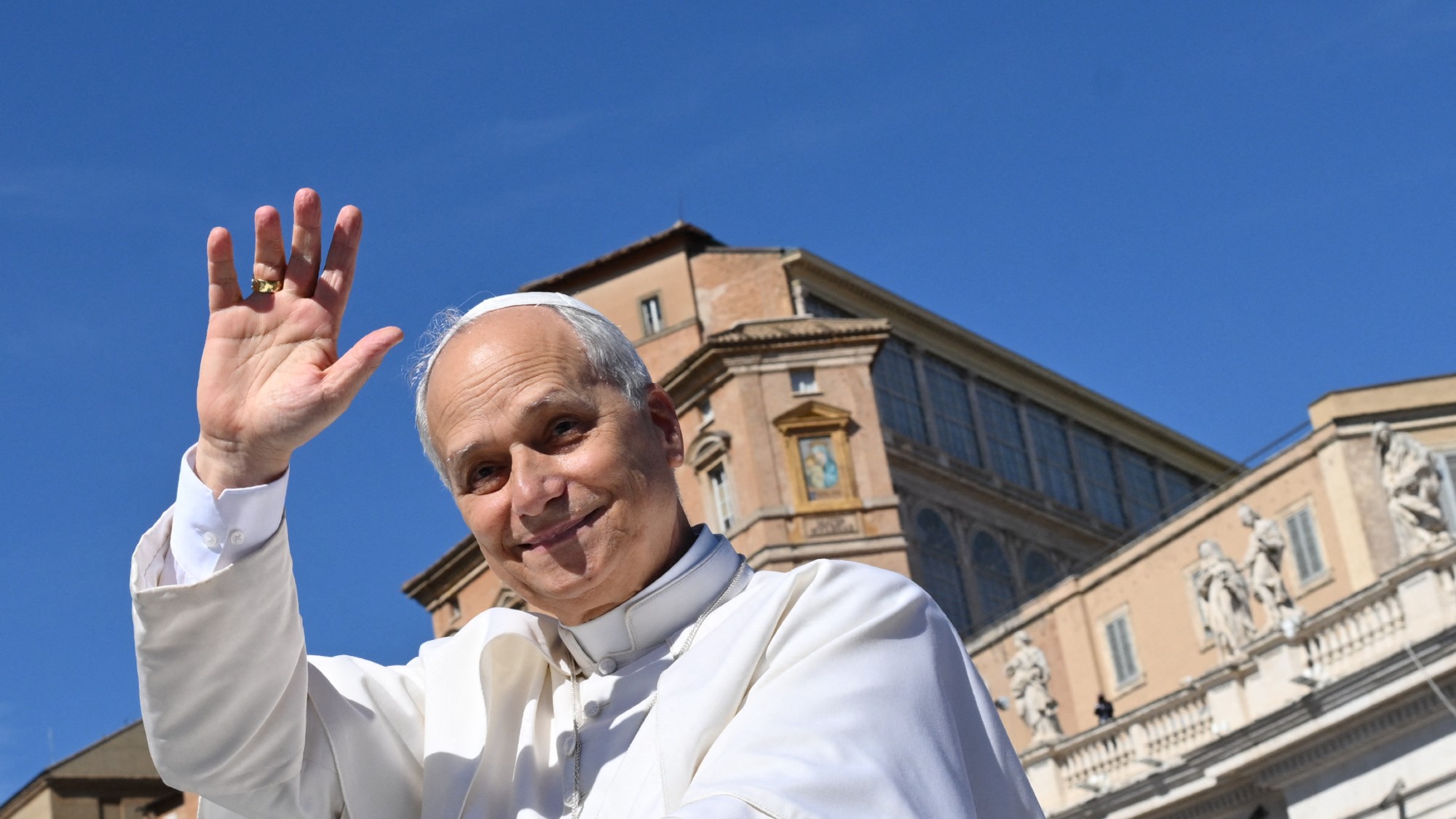 Pope Leo wants to change the Vatican’s murky finances
Pope Leo wants to change the Vatican’s murky financesThe Explainer Leo has been working to change some decisions made by his predecessor
-
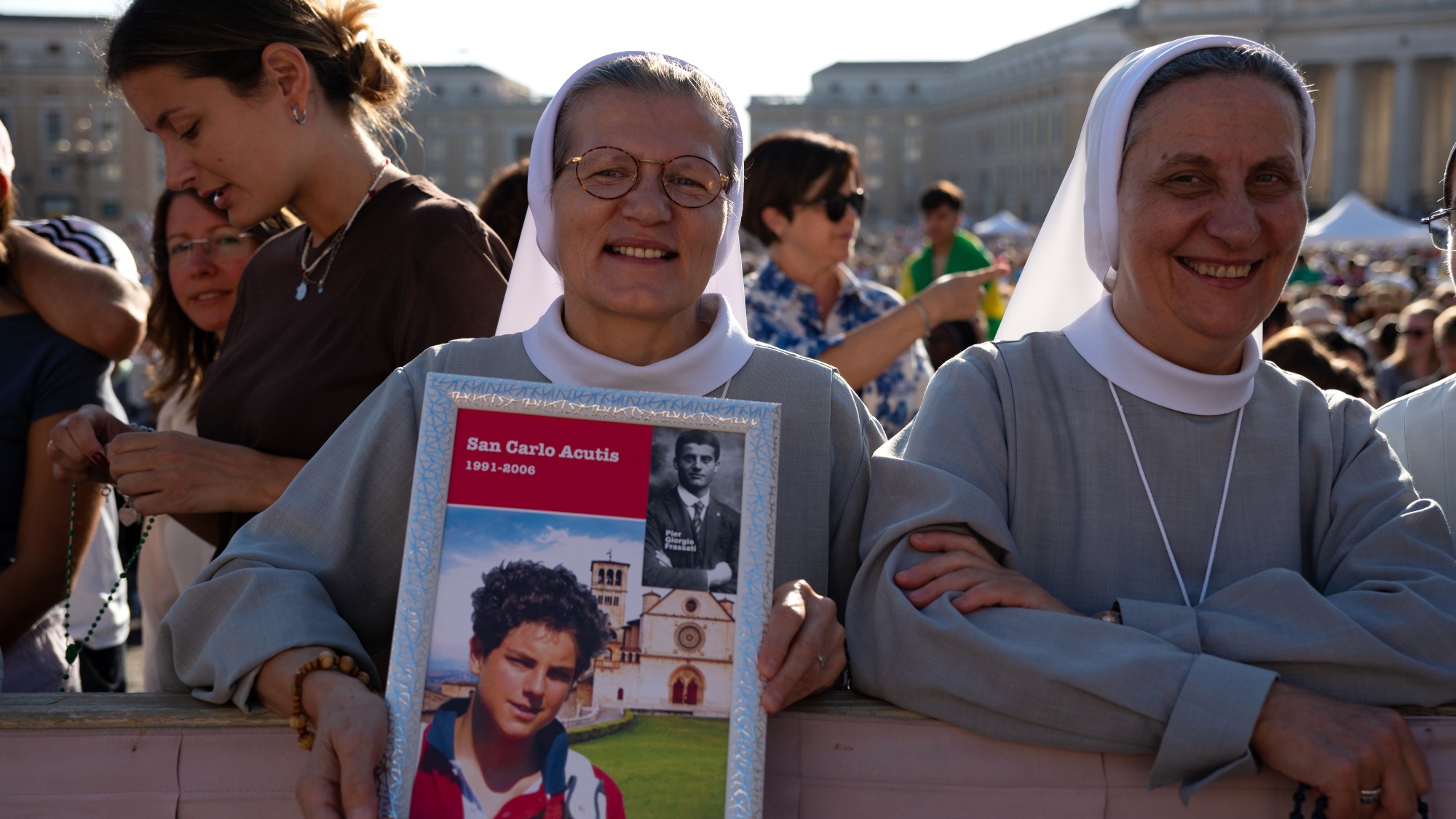 Pope Leo canonizes first millennial saint
Pope Leo canonizes first millennial saintSpeed Read Two young Italians, Carlo Acutis and Pier Giorgio Frassati, were elevated to sainthood
-
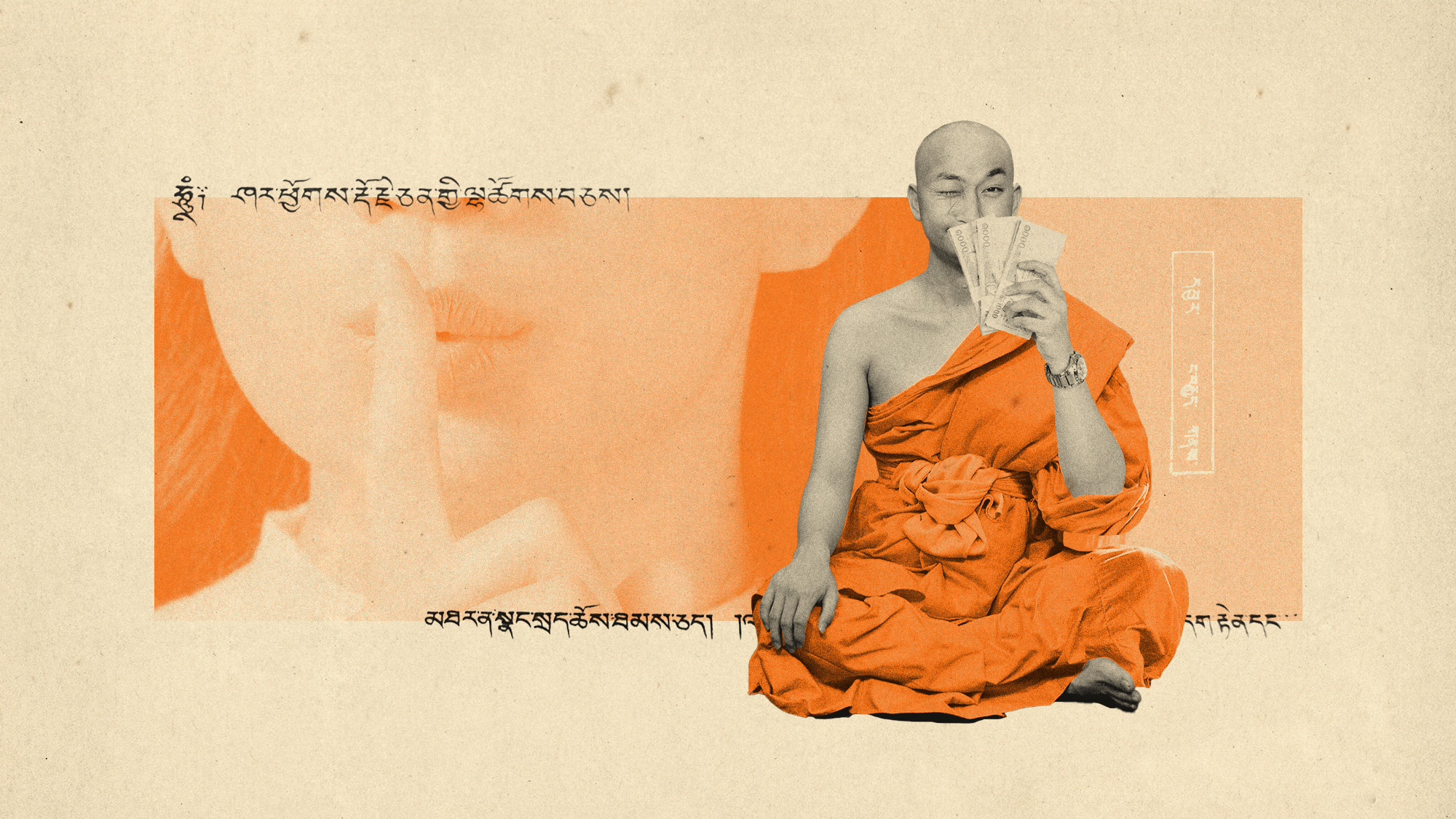 Thailand's monk sex scandal
Thailand's monk sex scandalIn The Spotlight New accusations involving illicit sex and blackmail have shaken the nation and opened a debate on the privileges monks enjoy
-
 Southern Baptists lay out their political road map
Southern Baptists lay out their political road mapThe Explainer The Southern Baptist Convention held major votes on same-sex marriage, pornography and more
-
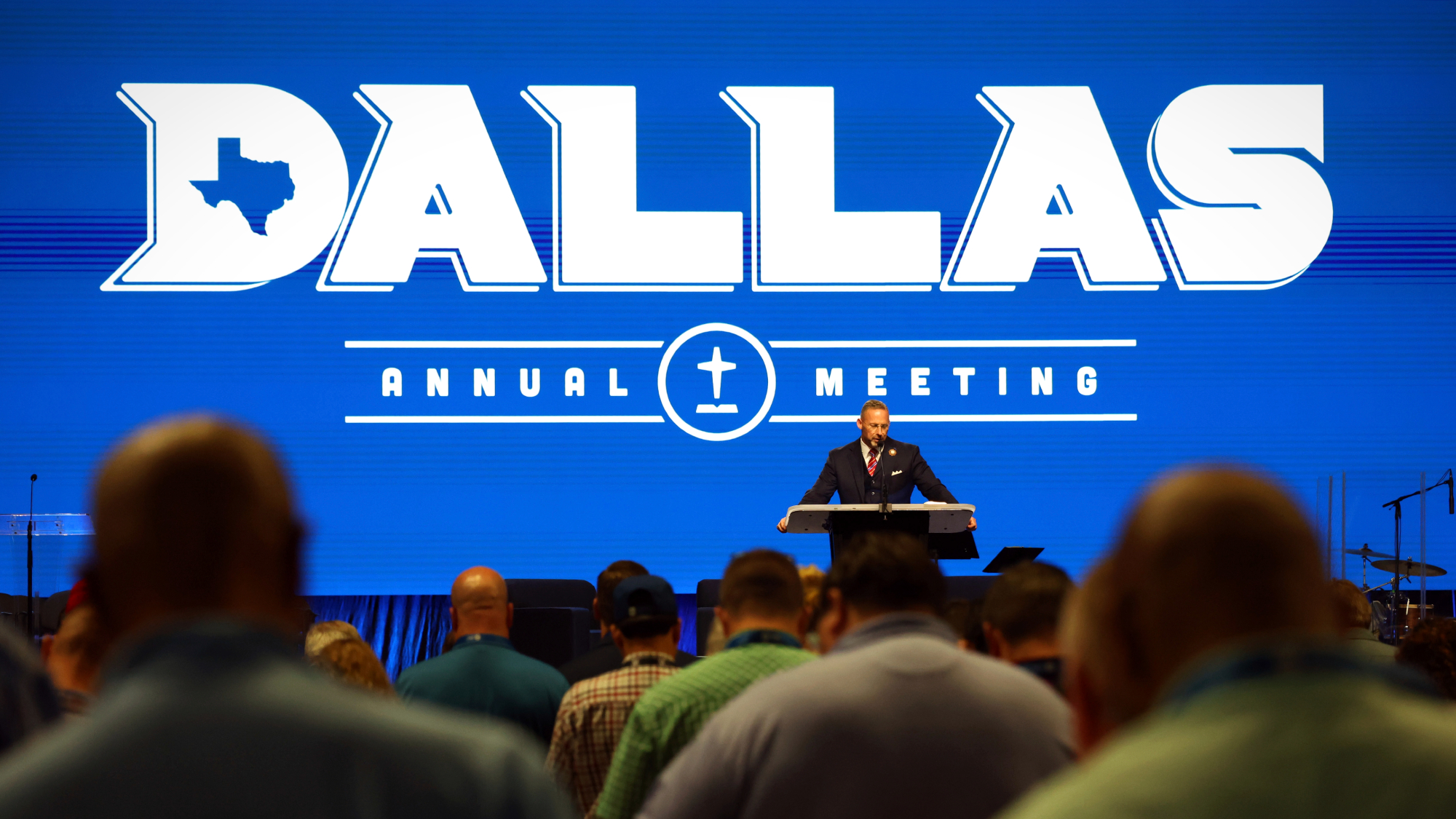 Southern Baptists endorse gay marriage ban
Southern Baptists endorse gay marriage banSpeed Read The largest US Protestant denomination voted to ban same-sex marriage and pornography at their national meeting
-
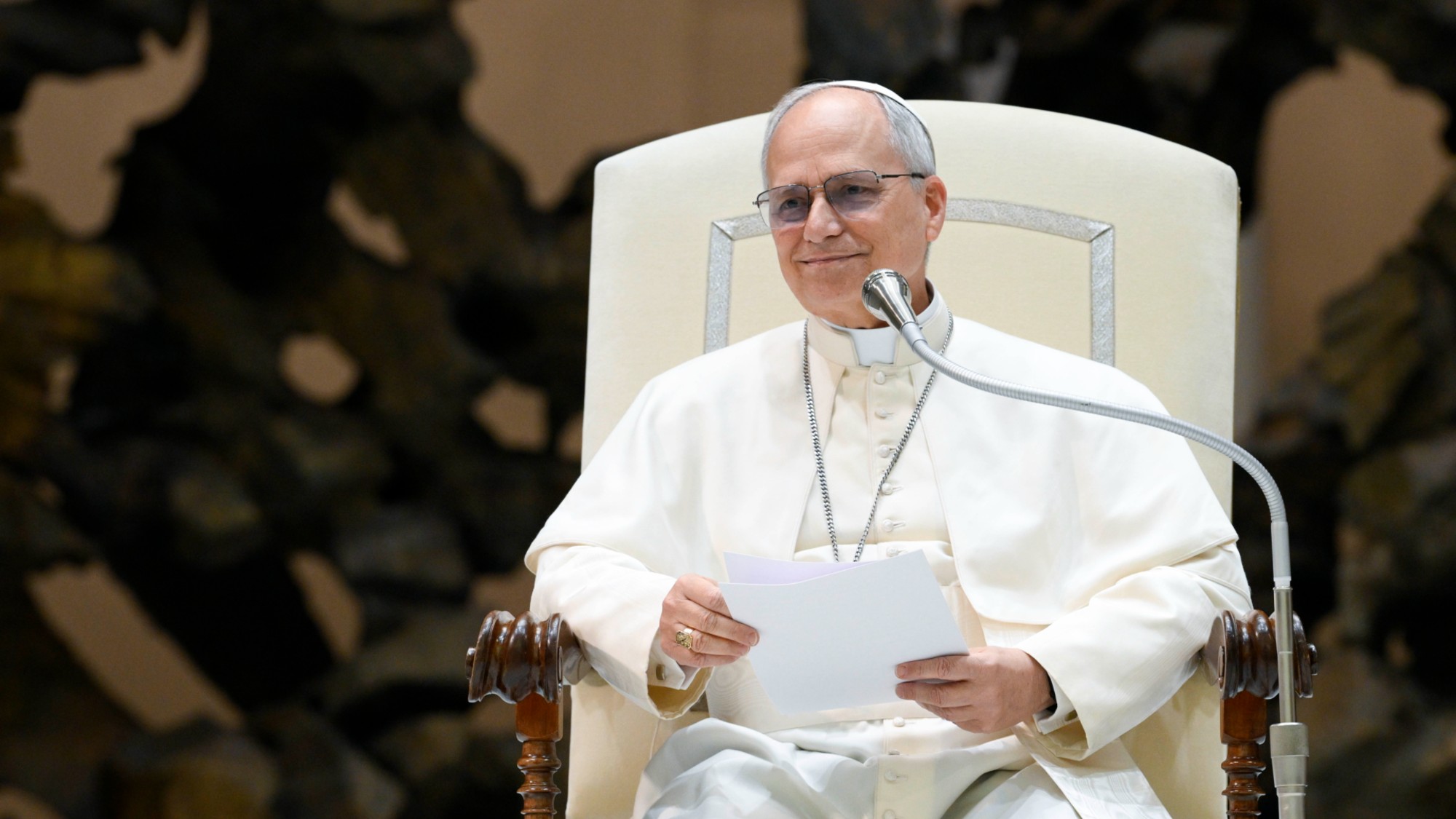 Where the new Pope Leo XIV stands on social issues
Where the new Pope Leo XIV stands on social issuesThe Explainer The first American pontiff is expected to continue some of his predecessor's work